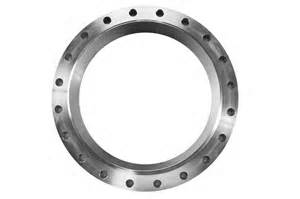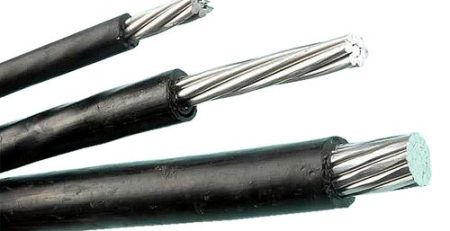Emergence of Photovoltaics
electricity
Photovoltaics offer consumers the ability to generate electricity in a clean, quiet and reliable way. Photovoltaic systems are comprised of photovoltaic cells, devices that convert light energy directly into electricity. Because the source of light is usually the sun, they are often called solar cells. The word photovoltaic comes from “photo,” meaning light, and “voltaic,” which refers to producing electricity.
Therefore, the photovoltaic process is “producing electricity directly from sunlight.” Photovoltaics are often referred to as PV. PV systems are being installed by consumers who already have grid-supplied Electricity but want to begin to live more independently or who are concerned about the environment. For some applications where small amounts of electricity are required, like emergency call boxes, PV systems are often cost justified even when grid electricity is not very far away.
When applications require larger amounts of electricity and are located away from existing power lines, photovoltaic systems can in many cases offer the least expensive, most viable option.
In use today on street lights, gate openers and other low power tasks, photovoltaics are gaining popularity around the world as their price declines and efficiency increases.
Total peak power of installed solar photovoltaic arrays worldwide was around 5,300 MW at the end of 2005 and grid-tied systems represented the largest growth area. Note that solar photovoltaic arrays have capacity factors of around 20%, which is lower than many other industrial sources of electricity. Therefore the 2005 installed base peak output would have provided an average output of something like 1,060 MW (20% × 5,300). This represented 0.03 percent of global demand at the time.
Large-scale incentive programs, offering financial incentives like the ability to sell excess electricity back to the public grid (“feed-in tariffs”), have greatly accelerated the pace of solar PV installations in many countries including Japan, Germany, and the United States.
Although solar photovoltaic power does not cause any direct emissions during operation it may indirectly cause pollution due to the industrial processes used in the manufacture and later disposal of PV modules. Over a module’s lifetime, the years of clean energy produced will more than make up for this initial pollution.
PV cells convert sunlight directly into electricity without creating any air or water pollution. PV cells are made of at least two layers of semiconductor material. One layer has a positive charge, the other negative. When light enters the cell, some of the photons from the light are absorbed by the semiconductor atoms, freeing electrons from the cell’s negative layer to flow through an external circuit and back into the positive layer. This flow of electrons produces electric current.
To increase their utility, dozens of individual PV cells are interconnected together in a sealed, weatherproof package called a module. When two modules are wired together in series, their voltage is doubled while the current stays constant. When two modules are wired in parallel, their current is doubled while the voltage stays constant. To achieve the desired voltage and current, modules are wired in series and parallel into what is called a PV array. The flexibility of the modular PV system allows designers to create solar power systems that can meet a wide variety of electrical needs, no matter how large or small.
Unlike fossil fuel based technologies, solar power does not lead to any harmful emissions during operation, but the production of the panels leads to some amount of pollution.
While PV systems may require a substantial investment, they can be cheaper than paying the costs associated with extending the electric utility grid.
Source by Barbara Drazga









Leave a Reply
You must be logged in to post a comment.